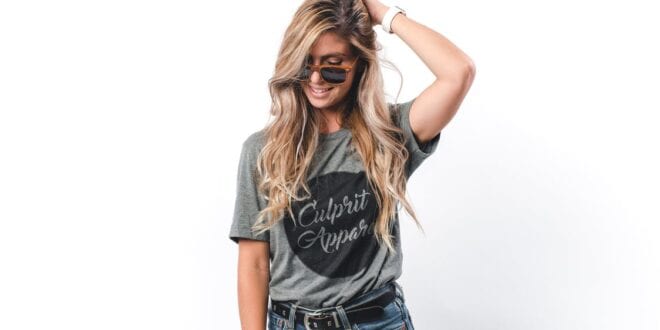Are you looking to produce custom-designed t-shirts for your business, school, charity, or sports team? If mass production isn’t your ultimate goal, you may want to design a custom t-shirt for a special gift for a loved one. Regardless of the occasion or your custom t-shirt’s purpose, it’s easy to be distracted by the design elements of the production process. You may have dedicated hours of thought into creating the best graphics possible, but did you give much consideration to the actual material that you’re going to print it on?
While it may be a step that’s easy to overlook, fabric choice is one of the most crucial decisions that anyone in need of a custom t-shirt will make. There are so many distinct materials, so settling on which fabric choice is best for your order may be difficult.
Remember, the fabric can be just as, if not more, important than all other factors that go into a custom t-shirt’s design. For example, some materials are better for screen or DTG printing, while others are best for dye sublimation. You’ll also want to pick a fabric that fits well, is made to last, and is comfortable to wear. Because a fabric choice can impact the comfortability, wearability, and durability of your custom shirt, you’ll want to review your list of options. Here’s a list of some of the most common materials used to craft t-shirts and the accompanying benefits of each fabric type.
Linen
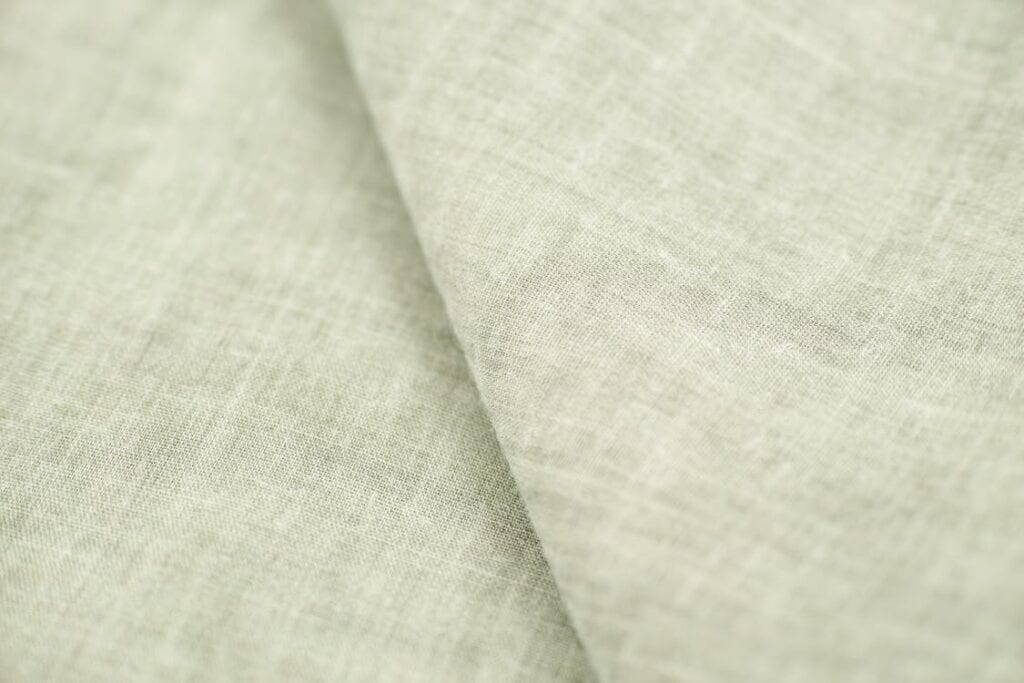
Linen is derived from the flax plant. While it is a bit more coarse than more commonly-used cotton, linen is still a relatively light fabric. Linen can wick away sweat, leaving the surface of your skin cool and dry. This fabric type isn’t typically used for t-shirt design, due to its susceptibility to wrinkles, but it can still a viable option.
Rayon
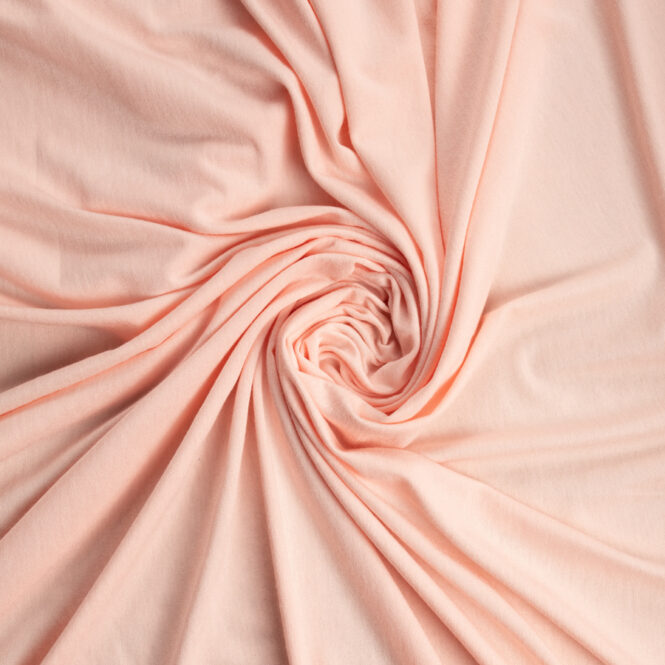
A less expensive option than silk, rayon mimics the former’s highly-sought-after feel. It’s an extremely absorbent synthetic material that dyes easily. Composition-wise, rayon is a delicate fabric made of a blend of cotton and other plant fibers which is often prone to wrinkles and stretching after several washes. If you select rayon as your t-shirt fabric-of-choice, you can prevent wrinkles and stretch by choosing to dry clean your t-shirts, instead of putting them through the wash.
A higher-quality rayon, coined modal, however, is actually much less likely to shrink, wrinkle, stretch, or fade from washing. This material also dries very quickly, so it’s certainly a go-to fabric for any summer wear.
Polyester
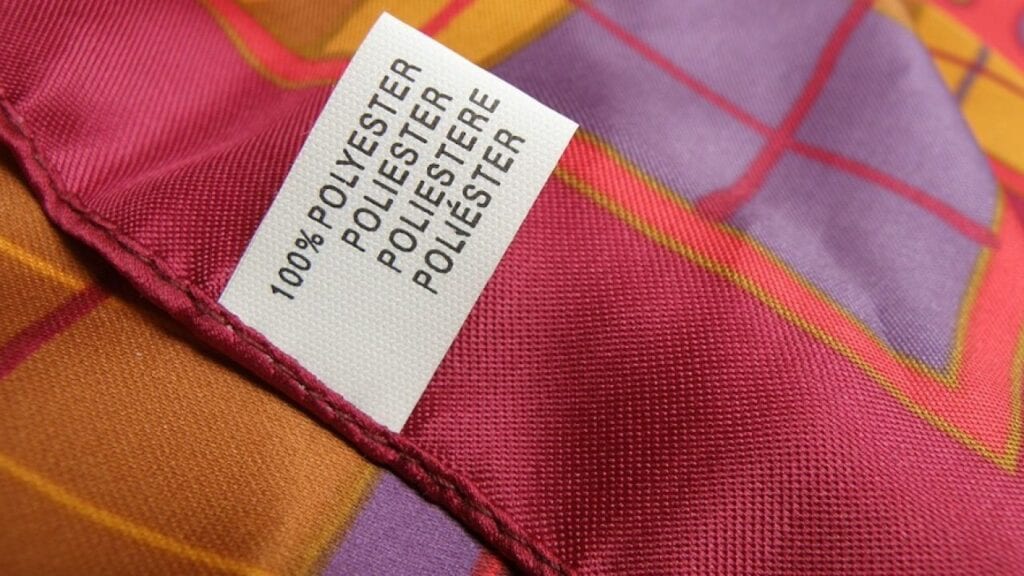
Another common, man-made t-shirt fabric is that 1970s mainstay polyester. When using this material for your custom t-shirt design, you’ll need to print through dye sublimation only, not screen printing for the best results.
Referred to as a “fitness fabric,” since it dries almost immediately, it’s easy to care for. Because it’s nearly wrinkle-free, ironing is not required. Another attractive quality of polyester is that it can withstand numerous wash and dry cycles while maintaining its shape. This material type is well-known as a strong, resilient fabric. Polyester is also one of the most comfortable fabrics for all-day wear.
Cotton
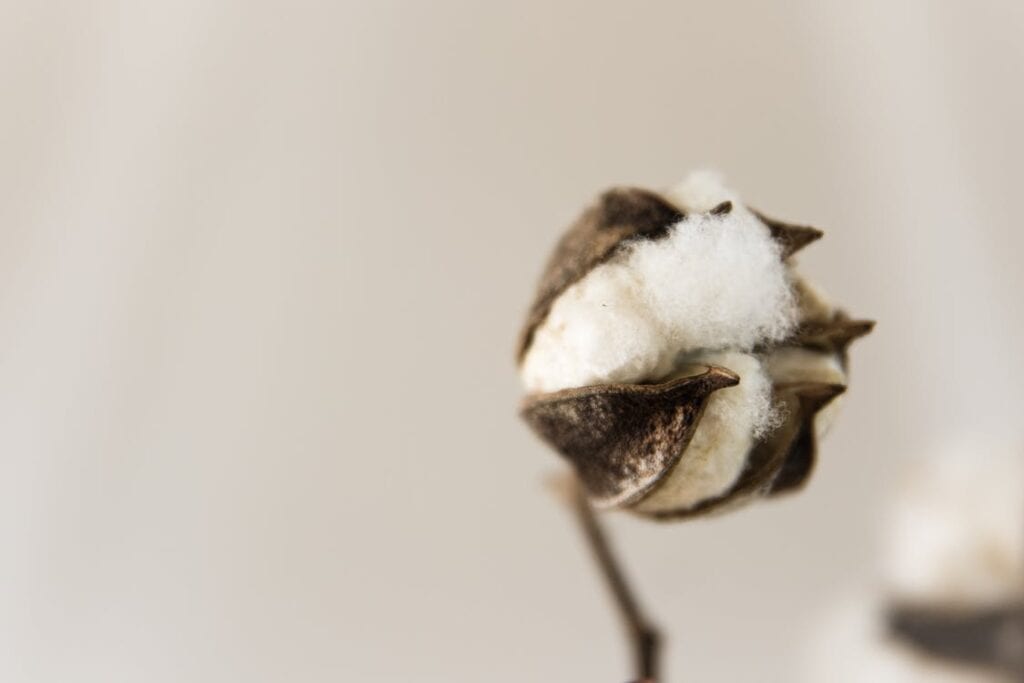
While there are so many t-shirt materials to choose from, cotton is certainly the favorite of custom printing companies like ShirtSpace. It’s a soft, yet tough, fabric that is possibly one of the most affordable materials to work with. While it is known for being strong and durable, as well as gentle on skin, it does lose points for excess wrinkling. Because it’s prone to excess wrinkling, it can be difficult to execute the actual custom printing process. However, its smoothness is ideal for screening, once it is ironed.
Unsurprisingly, cotton is probably the most common t-shirt fabric for a multitude of reasons. It’s lightweight (though there are also heavier options), and it does not irritate sensitive skin. It also comes in a wide variety of different types. All of these sub-categories of cotton each have their own unique characteristics and series of pros.
For example, higher quality cotton such as Supima cotton doesn’t shrink in the wash and actually gets softer with each cycle. It’s also resistant to pilling, stretching, and color fading. There’s also organic cotton available on the market, which is grown using fewer fertilizers and pesticides than regular cotton, making it a bit more expensive. That said, this type of farming is much better for the environment. Organic methods also keep the soil toxin-free and fertile for much longer periods of time than usual.
The most prized type of cotton, however, happens to be combed cotton. This variety is softer than all other types of cotton because each fiber is treated prior to it being spun into yarn. While it has a luxurious feel and is plush to the touch, it’s the priciest of all types of cotton.
What about blends?
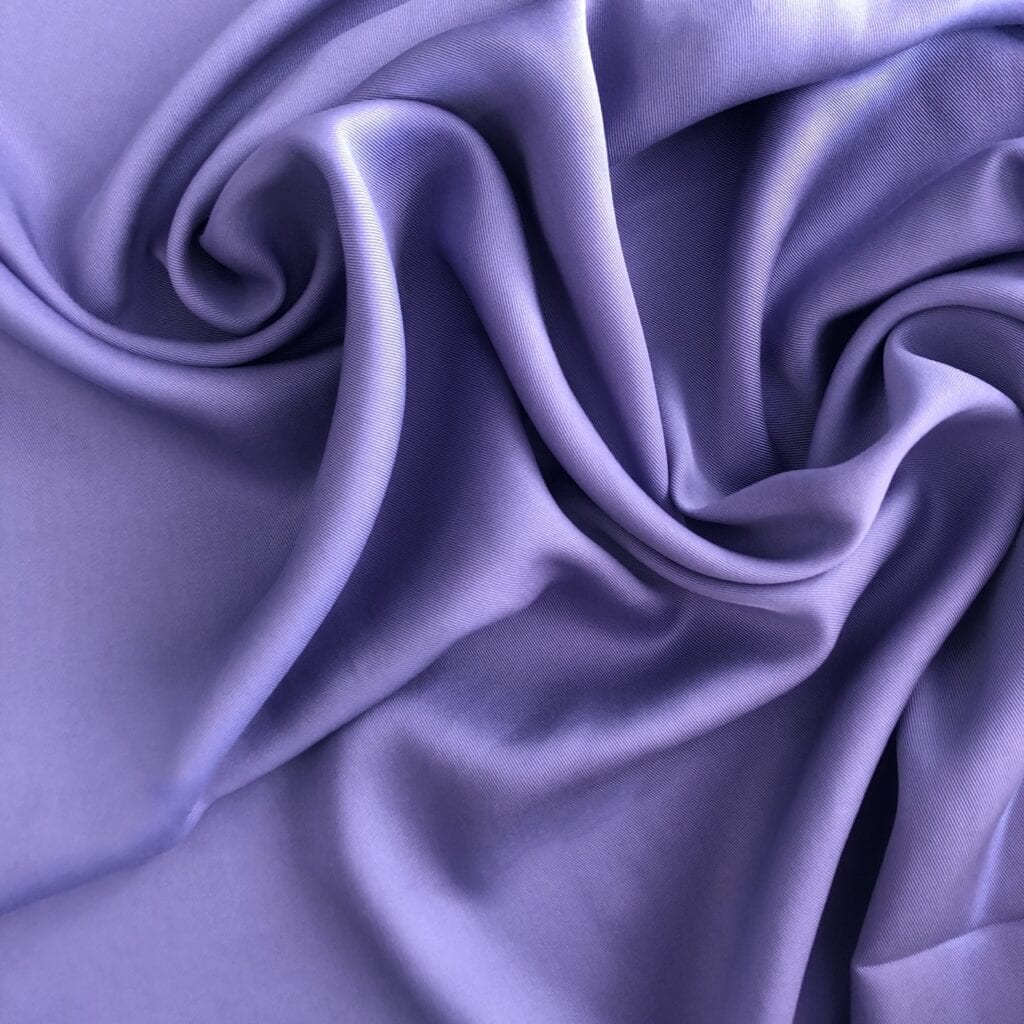
Oftentimes, t-shirts are made from a blend of various materials. These blends give customers the best of all worlds and are usually more wearable and durable in the long term. Because you can fuse the benefits of one type of material with the benefits of another fabric type, it’s quite common to see t-shirts that are composed of a blend of multiple materials. Here are two of the most popular blends:
- 50/50 or poly-cotton
The merger of polyester and cotton is arguably the most popular fabric blend. The blend these two materials create is strong, soft, breathable, airy, and usually free of wrinkles. This 50/50 blend is actually one of the best options for custom printing due to its durability and smooth texture. Poly-cotton blends can endure multiple washes while holding their original shape. It’s also a cool, light fabric that is ideal for warmer climates and those wearers who are sensitive to heat/sweat-prone.
- Tri-blends
Tri-blends take the poly-cotton concept a bit further by adding a rayon to the mix. Rayon is known for its breathability in warm weather, while cotton provides a super-soft feel. Polyester contributes by keeping the garment strong, overall. T-shirts made from a blend of cotton, polyester, and rayon benefit from the advantages that each of these materials has to offer, making the tri-blend concept a very popular one. It holds its shape and refuses shrinking, no matter how many times the tri-blend t-shirt is washed and dried.
While tri-blends are considered to be expensive, the material’s costs are off-set with the garments’ longer lifespans. It also appeals to many screen printers looking to capture that all-important vintage façade for their printed tee shirts, since this blend is most compatible with that particular aesthetic.
Final Thoughts
When it comes to choosing a material for your custom printed t-shirts, you’ll need to assess what the t-shirts will be used for, what type of printing you want to do, what fabric you believe will be most comfortable, and how much money you’re willing to spend.
You’ll also want to consider the purpose of your custom t-shirt. Is the shirt for your business? Maybe it’s a gift for a loved one? Is it for a one-time charity event? Each of these purposes lends to different requirements.
Using the guide above, review your options and factor wearability, durability, and sustainability into consideration before placing your next custom print order There really is no right or wrong answer when it comes to which fabric is best. It all depends on your needs and preferences. However, by choosing a fabric type that is most compatible with your style and comfort needs, you’ll be able to execute your vision successfully.
 Imagup General Magazine 2024
Imagup General Magazine 2024
